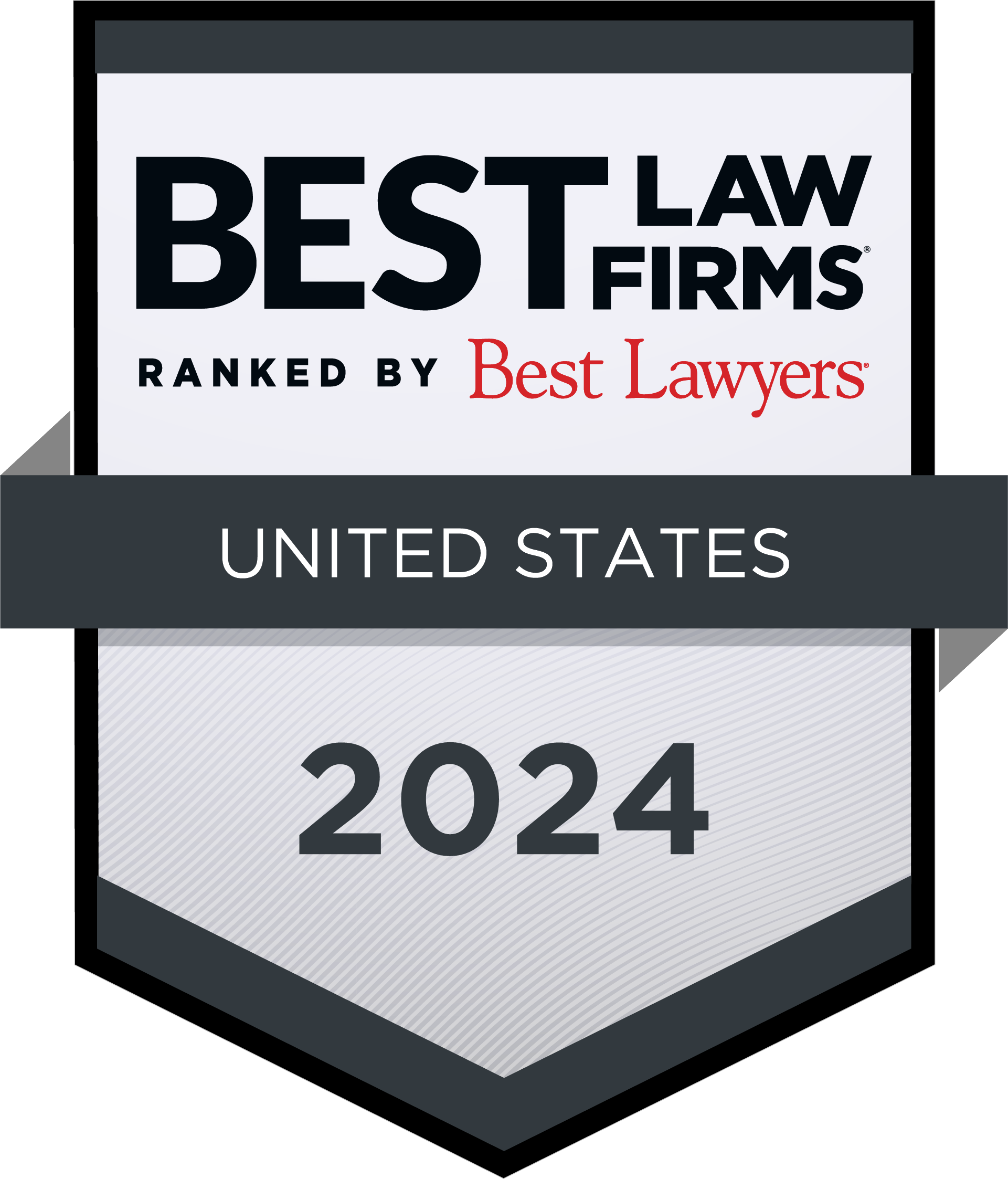Search Our Blog
Get Inside the Amendments to Insider Trading Safe Harbor Rules
By Robert R. Boeche, Partner, Robert D. Conca, Partner, and Andrew R. Steiger, Associate Attorney of Shustak Reynolds & Partners, P.C. posted on Friday, March 17, 2023.
On December 14, 2022, the Securities and Exchange Commission adopted amendments[1] to Rule 10b5-1 of the Securities Exchange Act of 1934 (“Exchange Act”), and to Regulations S-K and S-T. The final rules substantially expand the insider trading safe harbor requirements of Rule 10b5-1, and impose new reporting and disclosure requirements for directors, officers, issuers, and other persons who implement 10b5-1 trading plans. The final rules became effective February 27, 2023.[2] Smaller reporting companies[3] have an additional six months to comply, until August 27, 2023.[4]
Changes to the Insider Trading Safe Harbor Requirements
Rule 10b5-1(c)(1) provides an affirmative defense to liability under Section 10(b)[5] of the Exchange Act and Rule 10b-5 thereunder. The defense creates a “safe harbor” for insiders who execute trades while in possession of material nonpublic (i.e., inside) information. The safe harbor is available only under certain circumstances, including when the alleged insider trade is executed pursuant to a written plan, contract, or instruction, adopted when the trader was not aware of material nonpublic information (a “10b5-1 Plan” or “Plan”).
SEC Chair Gary Gensler commented that this amendment became necessary to fill gaps in the existing rules, through which, over the 20 years since the original safe harbor was implemented, “insiders have sought to benefit from the rule’s liability protections while trading securities opportunistically on the basis of material nonpublic information.”[6] New conditions to the safe harbor rules include: cooling-off periods, additional certification statements, restrictions on use of overlapping and single-trade plans, and new reporting and disclosure requirements.
Cooling-Off Periods
A “cooling-off” period refers to the time between adoption of a 10b5-1 Plan and the first trade executed under the Plan, during which period the safe harbor is not available. Substantive modification (i.e., number of shares, price, timing, or different formula) of an existing plan will trigger a new cooling-off period, but administrative changes (i.e., stock split adjustment) will not. [7]
For directors and officers, the final rules impose a cooling-off period of either (a) 90 days or (b) two business days following a Form 10-Q or 10-K filing for the quarter in which the Plan was adopted, whichever is later, with a maximum of 120 days. For other persons who are not issuers, the cooling-off period will be 30 days.[8] Issuers are not yet subject to a cooling-off period.[9]
Overlapping and Single-Trade Plans
The Rule 10b5-1 safe harbor will be unavailable for trades by directors, officers, and other non-issuer persons who maintain multiple overlapping Plans.[10] This would prevent individuals from selectively cancelling some Plans, and keeping others, to opportunistically manipulate their trading after receiving material nonpublic information. A Plan that executes through contracts with multiple broker-dealers or other agents nevertheless counts as a single Plan.[11] An individual may maintain two concurrent Plans if they do not overlap in the timing of trades, such that one Plan concludes or expires before the next is authorized to trade.[12] A “sell to cover” Plan, which instructs the sale of securities to satisfy income tax withholding obligations at the same time an equity award vests, does not count as a prohibited overlapping Plan.[13]
Similarly, the SEC adopted a limitation on single-trade Plans, meaning Plans designed to affect a purchase or sale of securities on the open market in a single transaction. The Rule 10b5-1 safe harbor will be unavailable to non-issuer persons for a single-trade Plan if the person has adopted a single-trade Plan in the prior 12-month period.[14]
Director and Officer Certifications
As a condition to the updated safe harbor, a director or officer of the issuer of the securities who adopts a Rule 10b5-1 Plan must include certification statements to the effect that (a) they are not aware of material nonpublic information about the issuer or its securities, and (b) they are adopting the contract, instruction or plan in good faith and not as part of a plan or scheme to evade the prohibitions of Rule 10b-5.[15] Previously, the safe harbor required Plans be entered into in good faith. Now, the person must “act in good faith with respect to the plan,” which extends the good faith requirement throughout the duration of the plan.[16]
New Reporting and Disclosure Requirements for Issuers
Amendments to Regulation S-K will require issuers to make certain disclosures, in Inline XBRL format,[17] regarding the use of Rule 10b5-1 Plans and other “non-Rule 10b5-1 trading arrangements:”[18]
- On Form 10-Q or 10-K, the issuer must provide quarterly disclosure of:
- Whether any director or officer has adopted, modified, or terminated any Plan or trading arrangement; and
- Provide the material terms of the Plan or trading arrangement, other than the price terms.[19]
- On Form 10-K or in the annual meeting proxy statement, the issuer must disclose:
- Whether it has adopted insider trading policies and procedures that are reasonably designed to promote compliance with insider trading laws, rules, regulations, and standards. If so, it will include such policies as an exhibit. If not, it must explain why not.[20]
- Information regarding the timing of awards and options in close proximity to the release of material nonpublic information by the company, including (i) how the board determines the timing of award grants, (ii) whether and how the board takes into account material nonpublic information when determining timing and terms of an award, and (iii) whether the disclosure of material nonpublic information was timed to affect the value of executive compensation.[21]
- In a new table,[22] the issuer must disclose any options award to a Named Executive Officer (“NEO”)[23] that is granted within four business days before, or one business day after, a triggering event.[24]The table must provide the following information:
- Name of the NEO;
- Grant date;
- Number of securities underlying the award;
- Per-share exercise price;
- Grant date fair value; and
- Percent change in the market price of the underlying securities between the trading day before and the trading day after the disclosure of material nonpublic information.[25]
- On Forms 4 and 5, Section 16 filers (i.e., “insiders” such as officers, directors, or 10% beneficial owners) must indicate whether the reported transaction was made under a Plan.[26]
- On Form 4, rather than Form 5, Section 16 filers must report the bona fide gifts of equity securities they give within two business days of the transaction.[27]
Many of these updated rules codify pre-existing industry standards. Nevertheless, issuers should evaluate whether their current policies and procedures provide for each of the disclosures summarized above.
We represent many investment advisers, IARs, broker-dealers, registered representatives, and businesses.
Attorneys Robert R. Boeche, Robert D. Conca, and Andrew R. Steiger
can be reached in the firm’s San Diego office at (619) 696-9500.
[1] Insider Trading Arrangements and Related Disclosures, Final Rule, Rel. No. 33-11138 (December 14, 2022).
[2] Federal Register, Vol. 87, No. 259.
[3] “Smaller reporting company” is defined in Regulation S-K Item 10(f)(1) to mean a reporting company with either (a) public float of less than $250 million, or (b) annual revenues below $100 million, and no public float or public float less than $700 million.
[4] Final Rule, at 206.
[5] It is unlawful to “use or employ, in connection with the purchase or sale of any security” a “manipulative or deceptive device or contrivance in contravention of [SEC] rules and regulations.” 15 U.S.C. § 78j(b).
[6] SEC Adopts Amendments to Modernize Rule 10b5-1 Insider Trading Plans and Related Disclosures, Release No. 2022-222. https://www.sec.gov/news/press-release/2022-222.
[7] Rule 10b5-1(c)(iv).
[8] Final Rule, at 27.
[9] SEC Proposes New Share Repurchase Disclosure Rules, Release No. 2021-257 (December 15, 2021). https://www.sec.gov/news/press-release/2021-257.
[10] Final Rule, at 53.
[11] Id., at 56.
[12] Although, if the earlier plan is cancelled before its natural expiration date, the cooling off period of the later plan begins again from that cancellation date. Id., at 57.
[13] Id., at 58.
[14] A Plan is not a single-trade Plan if (a) the agent has discretion whether to execute the trade in multiple transactions, (b) the agent’s future acts will depend on events or data not known at the adoption of the Plan, or (c) it is reasonably foreseeable at the Plan’s adoption that it might result in multiple transactions. Id., at 60-61.
[15] Id., at 41.
[16] Id., at 150.
[17] The SEC is in the process of phasing in the mandated use of the Inline XBRL data structure. More information is available here: https://www.sec.gov/structureddata/osd-inline-xbrl.html.
[18] “Non-Rule 10b5-1 trading arrangement” is defined in Regulation S-K Item 408(c), and includes certain pre-planned trading arrangements that do not meet the requirements of the Rule 10b5-1 safe harbor.
[19] Such material terms include: (i) the name and title of the director or officer, (ii) date of adoption or termination, (iii) duration of the Plan or arrangement, and (iv) total number of securities to be sold or purchased. Final Rule, at 76. See Regulation S-K Item 408(a).
[20] Final Rule, at 84. See Regulation S-K Item 408(b).
[21] There is no requirement to adopt policies and procedures on the timing of award grants if it has not already done so. Final Rule, at 101. See Regulation S-K Item 402(x)(1).
[22] Under the current executive compensation disclosure rules of Regulation S-K Item 402, compensation-related equity interests must be represented in a tabular format.
[23] Named Executive Officers (NEOs) include the Principle Executive Officer, Principle Financial Officer, top three compensated officers other than the PEO and PFO, and up to two additional individuals who were NEOs, but were not servicing as NEOs at fiscal year-end. See Regulation S-K Item 402(a)(3).
[24] A triggering event is either (a) the filing of a Form 10-Q or 10-K, or (b) the filing of a Form 8-K that contains material nonpublic information. Final Rule, at 103.
[25] Final Rule, at 103.
[26] Final Rule, at 92.
[27] Final Rule, at 111. See Rule 16a-3.





